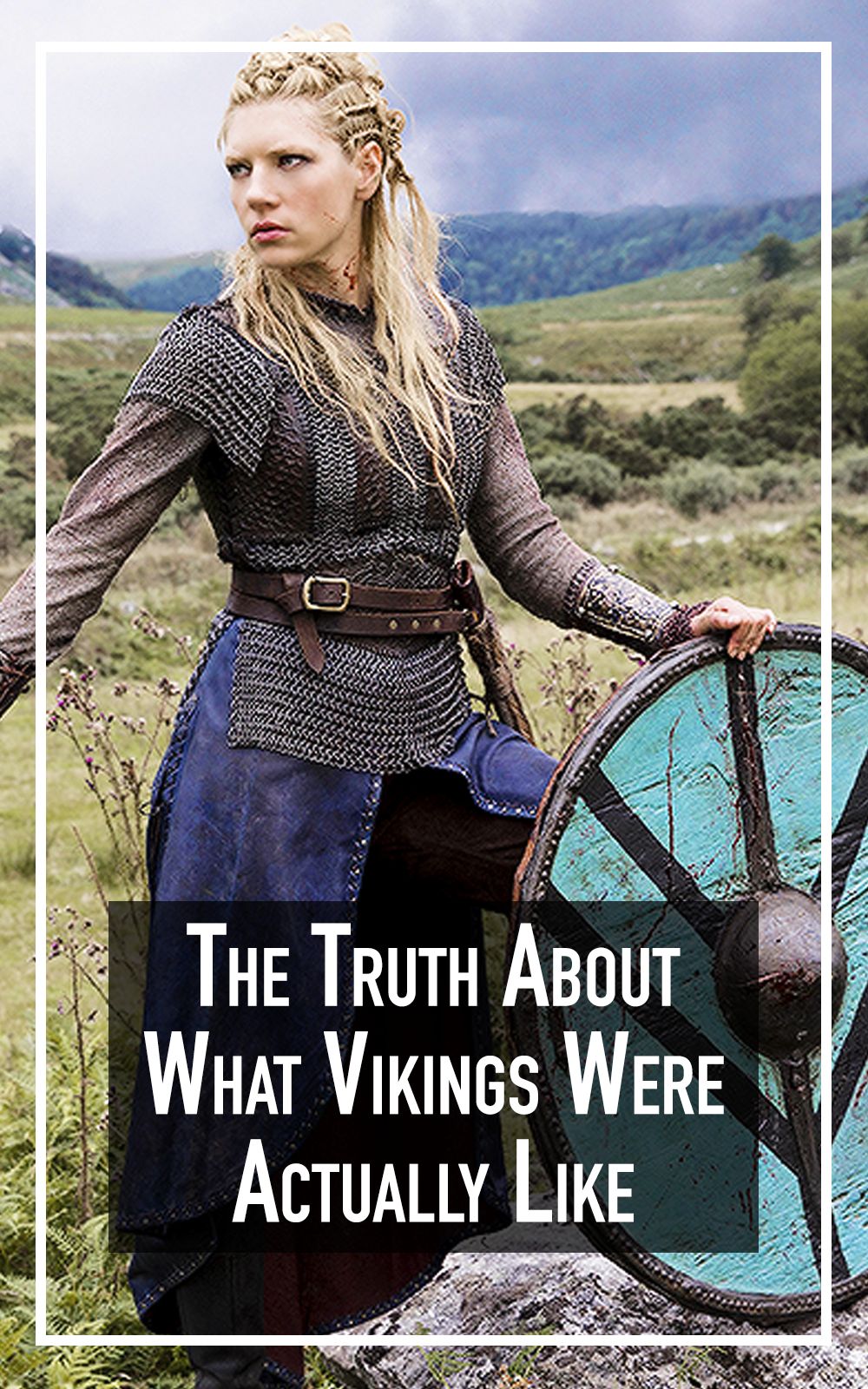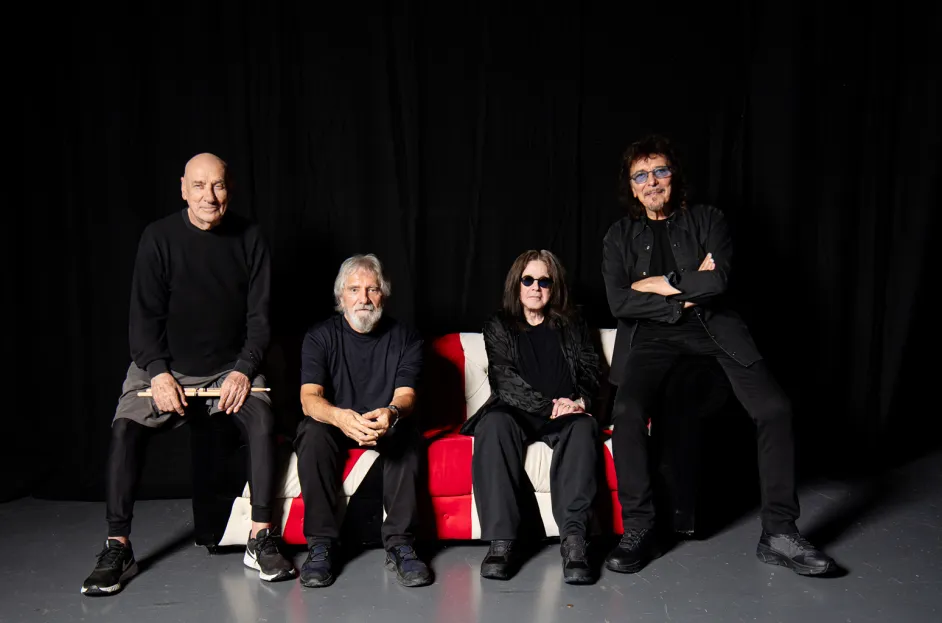🔥 Breaking the Viking Stereotype
When we think of Vikings, our minds often picture towering warriors with horned helmets, raging through icy seas with swords drawn and shields raised. Popular TV series and films have painted them as fierce, bloodthirsty raiders. But how much of this image reflects reality? The truth about what Vikings were actually like is far more fascinating—and human—than most people imagine.
🛡️ Farmers Before Fighters
Contrary to popular belief, the majority of Vikings were not warriors roaming the seas in search of villages to plunder. Most were farmers, traders, and craftsmen. They lived off the land, tending crops, raising livestock, and building communities that valued survival and cooperation just as much as conquest.
Raiding was a part of their culture, yes, but it was not their only identity. For many, farming seasons determined whether they would even embark on expeditions.
🚢 Masters of the Sea and Trade
Vikings were extraordinary shipbuilders and navigators. Their longships allowed them to travel vast distances, reaching as far as North America centuries before Columbus. But their journeys were not solely for war—they were also keen merchants.
They traded goods like furs, textiles, and jewelry, linking Scandinavia to the rest of Europe, the Middle East, and even Asia. This network of trade shaped much of the medieval world.
👩🦱 Women of Power and Influence
The image you see above—of a fierce shieldmaiden—is not entirely myth. Viking women held unusual freedoms for their time, including the right to inherit property, divorce, and manage households.
While historical evidence of women fighting in battles is debated, sagas and burial findings suggest that some may indeed have been warriors. What’s certain is that Viking women were central to maintaining their society while men were away on expeditions.

🏠 Life in a Viking Settlement
Daily life for Vikings revolved around community. Homes were wooden longhouses, with a single room where families ate, worked, and slept together. Fire pits provided warmth, and storytelling filled the long winter nights.
Viking society also valued law and order. They held assemblies called things, where disputes were settled and decisions made—a precursor to democratic systems.
⚔️ Were They Really Bloodthirsty?
The tales of Viking brutality are partly rooted in truth, but often exaggerated by those who feared them. Raids were violent, but they were also strategic. The Vikings’ reputation as savage raiders partly comes from monastic writings of the time, where attacks on Christian monasteries were described as barbaric invasions.
In reality, Vikings were pragmatic. Raiding was as much about survival and wealth as it was about conquest. They were warriors, yes, but also explorers, settlers, and nation-builders.
🎨 Art, Culture, and Belief
Vikings were not just fighters—they were artists. Their carvings, jewelry, and runestones reveal a culture rich in symbolism and storytelling. Norse mythology shaped their worldview, with gods like Odin, Thor, and Freyja guiding their beliefs in fate and the afterlife.
Their funeral practices, from ship burials to cremations, show deep respect for the journey beyond life, reflecting a spiritual depth often overshadowed by the “barbarian” stereotype.
🌍 The Legacy of the Vikings
The Vikings’ impact is still visible today—from place names across Europe to cultural traditions and even genetic traces. Their innovations in shipbuilding, trade, and governance left lasting marks on history.
Understanding what Vikings were actually like reminds us that they were not one-dimensional villains or heroes. They were complex people navigating survival, exploration, and ambition in a harsh and changing world.


